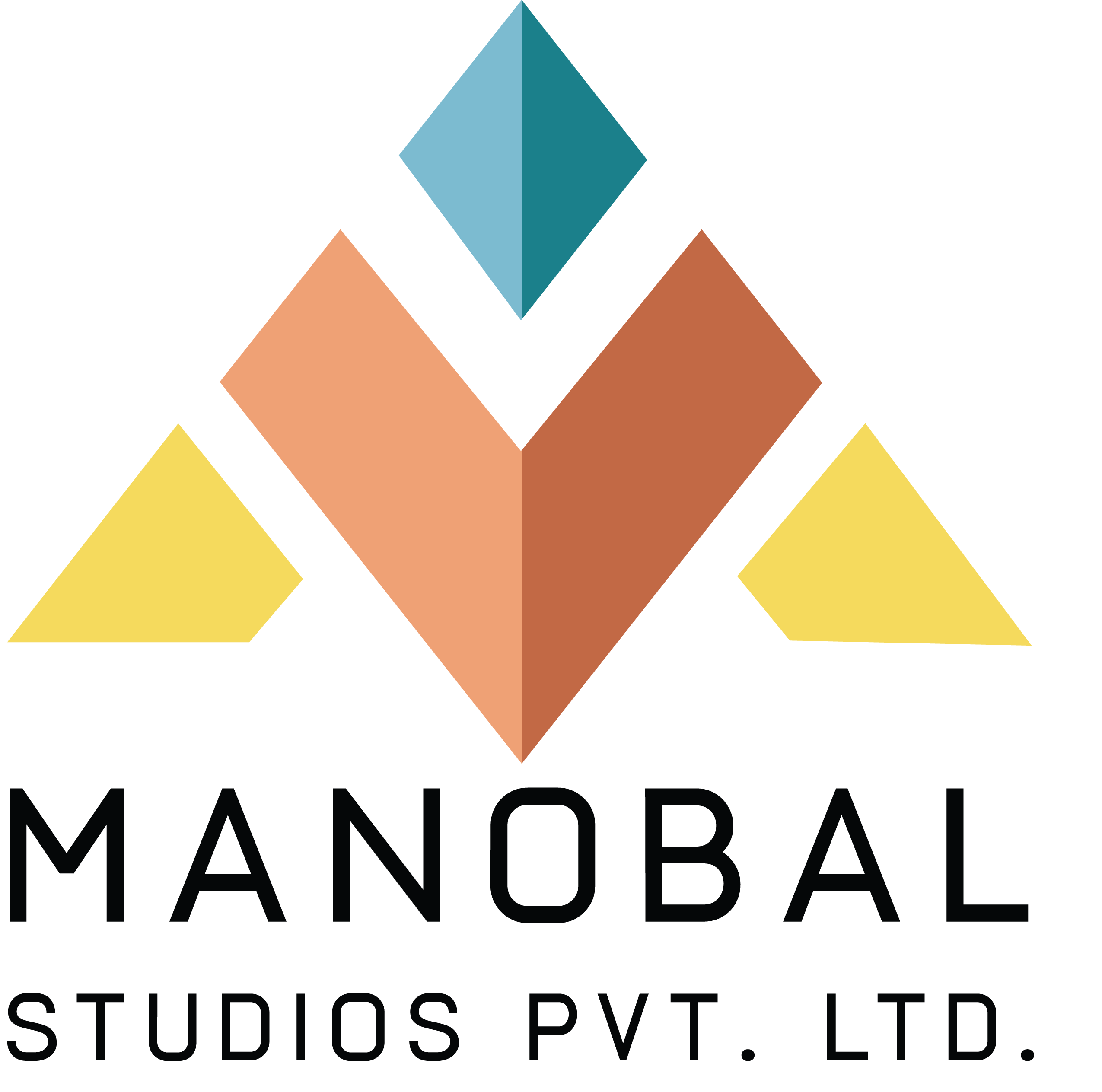How 3D Animation Works
Introduction:
3D animation has become a cornerstone of modern entertainment, enriching films, video games, advertisements, and more. This dynamic form of visual storytelling involves intricate processes that bring virtual worlds and characters to life. In this blog post, we’ll demystify the magic of how 3D animation works, from concept to screen.
Creating a Digital Framework:
How 3D animation works begins with digital modeling, where artists sculpt virtual characters, objects, and environments using specialized software. These models are made up of vertices, edges, and polygons, forming the foundation for the animation.
Defining Skeletons and Rigging:
Virtual characters require an internal structure to move realistically. Rigging involves creating a skeleton of bones within the model, enabling animators to manipulate movement accurately. This step is crucial for giving characters a lifelike range of motion.
Animating the Model:
Animators then pose the rigged models by manipulating the skeletal structure. They keyframe movements, setting positions at specific frames. Advanced animation software interpolates these keyframes, creating smooth and natural motion between poses.
Applying Textures and Materials:
Adding realism involves applying textures and materials to the 3D models. These textures provide the surfaces’ visual details, like skin, fabric, or metal, while materials dictate how they react to light and other environmental factors.
Setting Up Lighting and Cameras:
To simulate realistic lighting conditions, animators place virtual light sources within the 3D environment. Position cameras to capture scenes from desired angles, mirroring the cinematography techniques used in live-action filmmaking.
Rendering the Frames:
Rendering is the computational process of converting the 3D scene into 2D images or frames. It simulates how light interacts with surfaces and produces the final visuals. Rendering can be resource-intensive and time-consuming due to the complex calculations involved.
Post-Processing and Compositing:
After rendering, the frames undergo post-processing. Add color correction, special effects, and other enhancements to attain the desired appearance. Combine multiple layers through compositing to craft the ultimate scene.
Sound Design and Integration:
Sound effects, music, and voiceovers enhance the immersive experience. They are synchronized with the animation to create a cohesive auditory and visual narrative.
Final Compilation:
Combine animation, visuals, and sound elements into a seamless final animation sequence, preparing it for sharing with audiences.
Conclusion:
3D animation is a captivating fusion of art, technology, and storytelling. The intricate process involves multiple stages, each contributing to the creation of virtual worlds that evoke emotion, convey messages, and entertain. By understanding the underlying steps, you can gain a deeper appreciation for the remarkable craftsmanship that goes into crafting the 3D animations that captivate us on screen.










